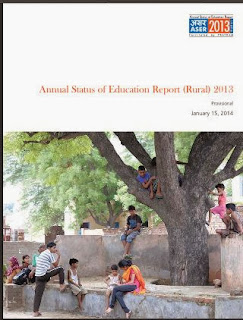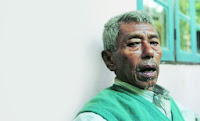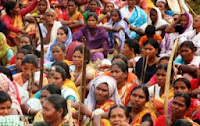Article: Policy, Advocacy & Programs for Multilingual Education

The book that contains the article Dhir Jingran knows what he is talking about when he writes about Policy, Advocacy, and Programs for Multilingual Education. In his previous job in the government of India, he made policy; as a director of an NGO, he does advocacy; and, as a researcher and trainer of teachers, he knows all about programs. No wonder that this article is definitely worth reading!
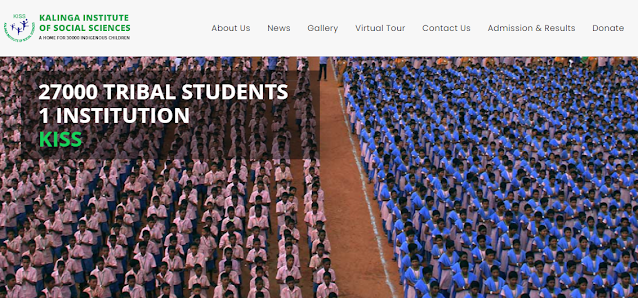
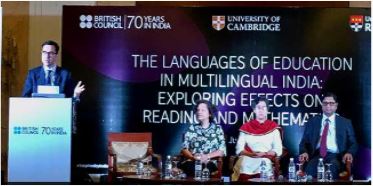




.png)

